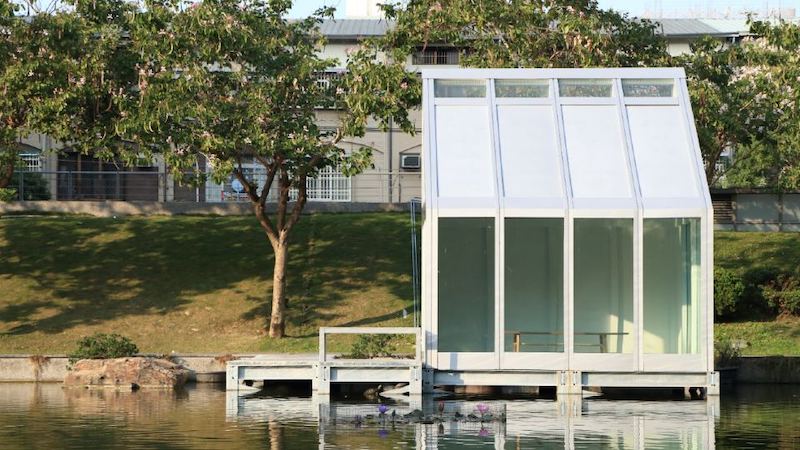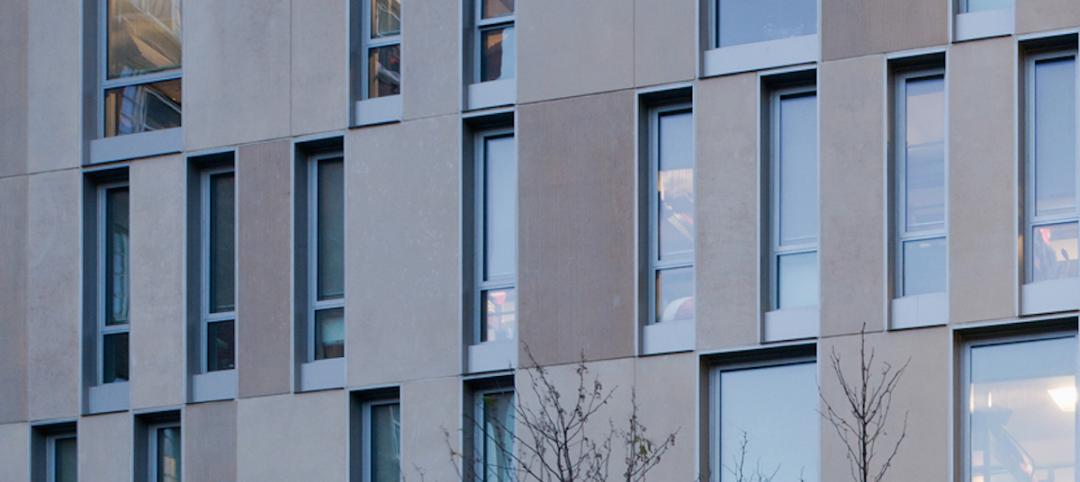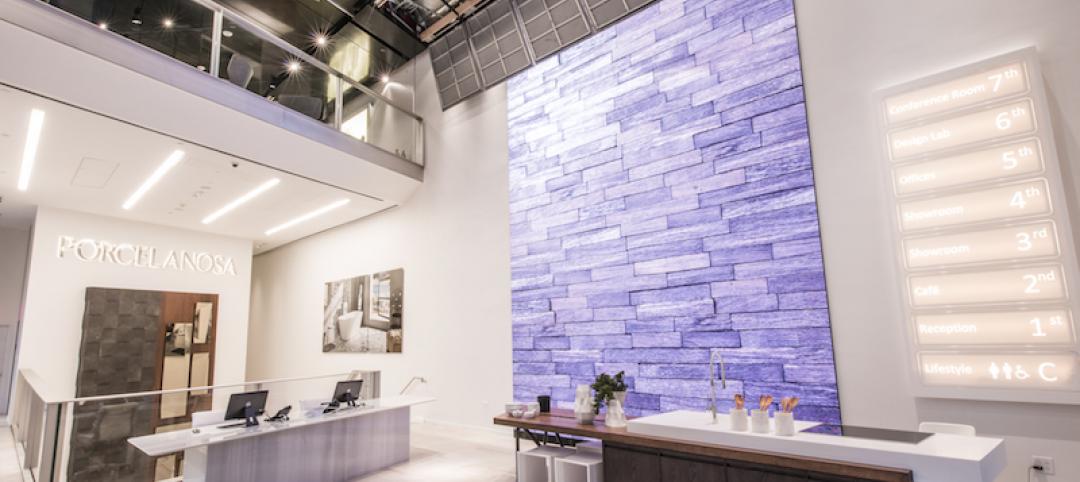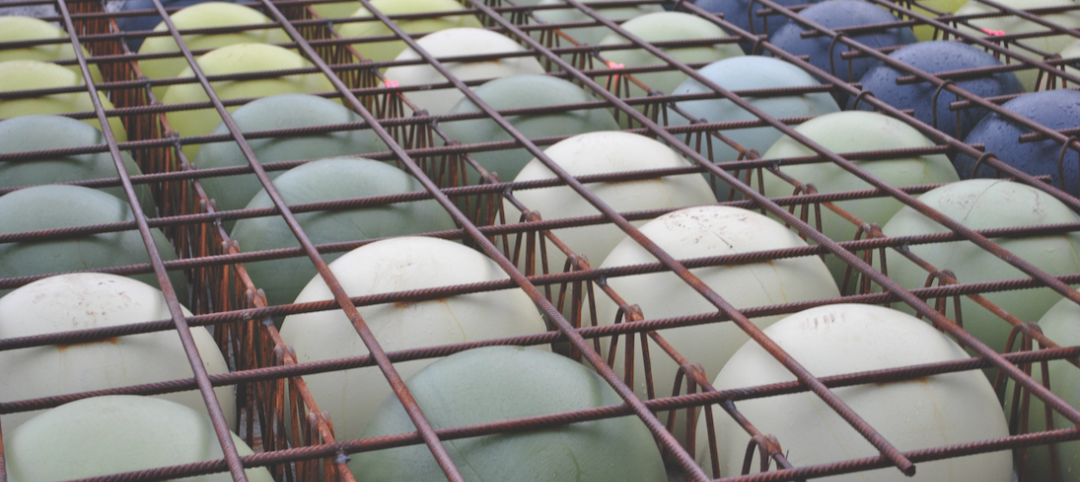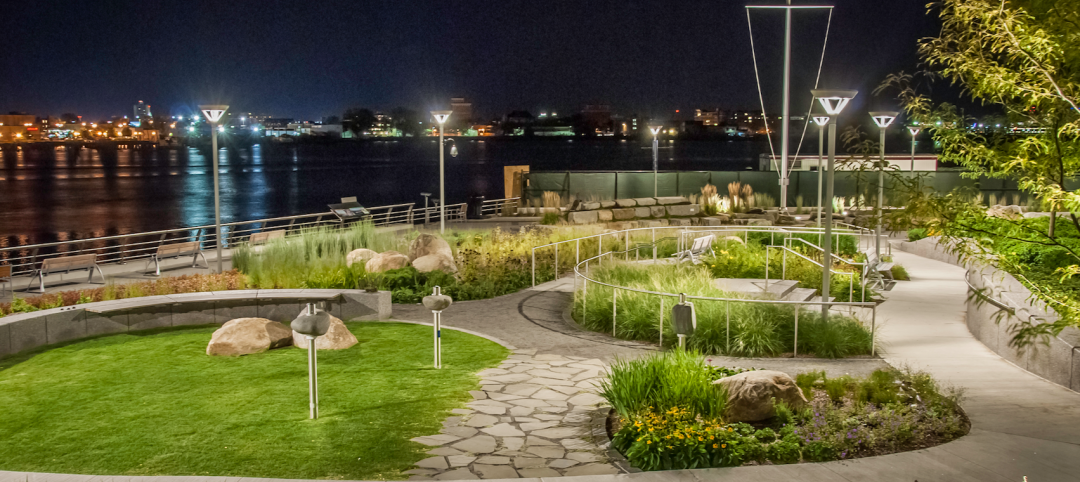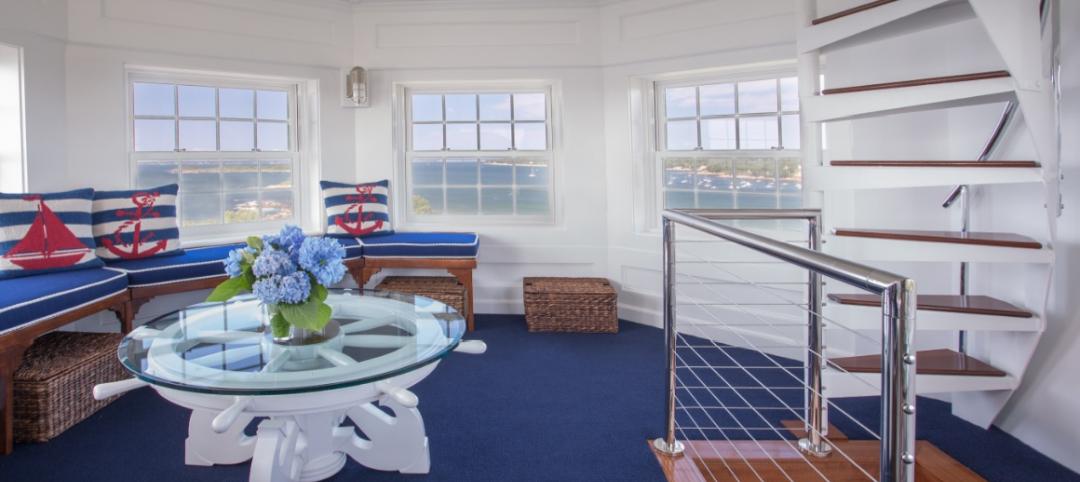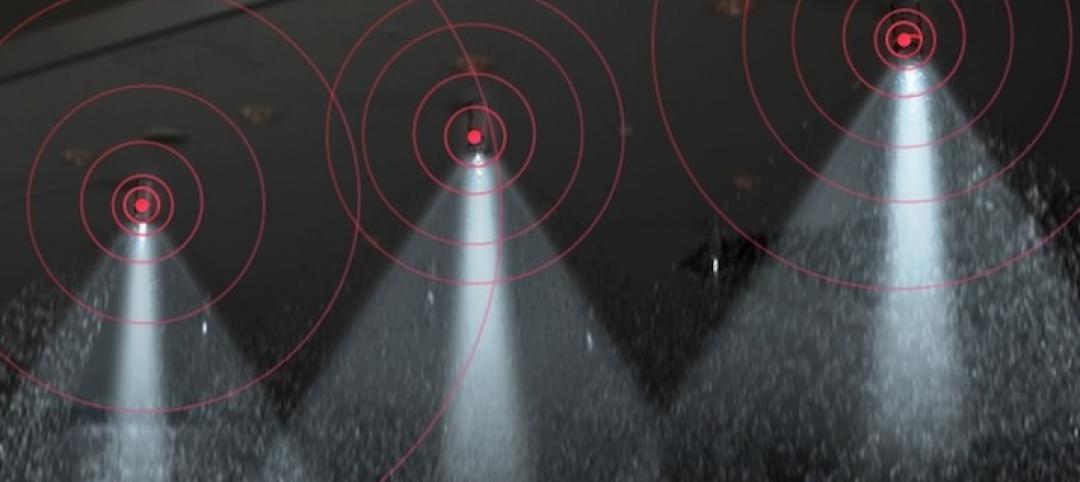Created by Dr. Matyas Gutai of Loughborough University, the water-filled glass (WFG) system uses water to heat and cool structures in an attempt to reduce building energy use. WFG utilizes a sheet of water trapped between a panel of glass. The system involves connecting the water-filled window panels to a storage tank, which can be located anywhere in the building, using pipes hidden in the walls, allowing the water to circulate between the two.
In warm weather, the buildings stay cool as the water absorbs external and internal heat. The warm water is then circulated to the storage tank. The heat is stored in the tank where, if the building temperature drops, it can be brought back to the walls to reheat the building using a monitoring system similar to central heating. The water can also be used for hot water supply.
Gutai has recently developed a version of the WFG system that uses a heat pump, which can heat and cool the water depending on the season.
Two prototype buildings, located in the differing climates of Hungary and Taiwan, have been created to test the system. Gutai used data gathered from these two “water houses” to develop a simulation system that evaluates the energy performance of the structures and the WFG system.
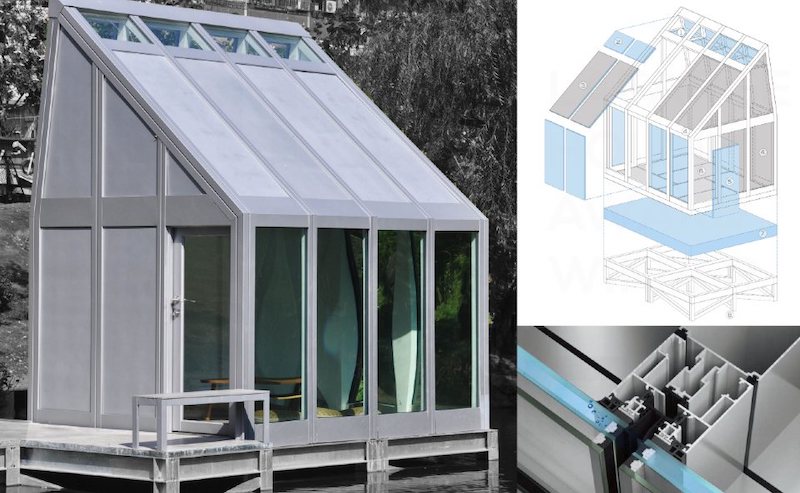 Developed by Loughborough University professor Matyas Gutai, water-filled glass utilizes a sheet of water trapped between a panel of glass to help regulate temperature swings in buildings. Simulation testing shows the technology will perform in all major climate regions.
Developed by Loughborough University professor Matyas Gutai, water-filled glass utilizes a sheet of water trapped between a panel of glass to help regulate temperature swings in buildings. Simulation testing shows the technology will perform in all major climate regions.
A July 2020 study, Energy Consumption of Water-filled Glass (WFG) Hybrid Building Envelope (bit.ly/2ZZMHFR), Gutai focused on the annual energy consumption for a typical office space (17.5 sm) with one glazed façade of equilateral orientation (south in the northern hemisphere). He used the simulation to explore how this office with a WFG system would fair in 13 cities from all major climate regions. Gutai then compared the WFG system with traditional systems of double-pane low-e and triple-pane filled with argon gas.
Among the findings of Gutai’s study:
• WFG is able to use the absorption of the water effectively to improve the energy performance of glass
• The water layer lowers the load for heating and cooling effectively, minimizing daily and seasonal peaks
• The WFG system saves energy in all major inhabited regions (every climate region except polar) with savings of 47-72% compared to double-pane low-e glass and 34-61% compared to triple-pane argon-filled glass.
“Glass is currently a liability in buildings as it compromises energy consumption, thermal comfort, acoustics and other aspects,” said Gutai. “WFG changes this paradigm and turns glass into an opportunity for sustainable construction. It shows us that thinking holistically about buildings and building components leads to a more efficient and sustainable built environment.”
Additional benefits of WFG include acoustics, reducing the need for building shading, and eliminating the need to color the glass.
Related Stories
Great Solutions | Aug 23, 2016
11 great solutions for the commercial construction market
A roll-up emergency department, next-gen telemedicine center, and biophilic cooling pods are among the AEC industry’s clever ideas and novel innovations for 2016.
Great Solutions | Jan 20, 2016
13 great solutions for commercial construction
As these 13 innovations for the AEC marketplace demonstrate, sometimes a problem can be a good thing.
Great Solutions | Jan 20, 2016
Digitally fabricated concrete formwork pushes the limits of what can be cost-effectively constructed in concrete
Simpson Gumpertz & Heger and CW Keller use 3D modeling and CNC machining to advance concrete construction.
Great Solutions | Jan 20, 2016
Sasaki Associates develops simple yet novel solution for precast concrete complication
Its double-angle cladding anchor maintains the air/water/vapor barrier integrity and continuous insulation while still allowing for the desired versatility of precast panels.
Great Solutions | Jan 20, 2016
Porcelanosa’s solid-surface product, Krion, used to create an elegant retractable ceiling for NY showroom
Typically used for countertops, vanities, and furniture, Krion was used to make 39 panels covering 1,300 sf of ceiling space above the showroom.
Great Solutions | Jan 20, 2016
Skanska’s new app helps construction teams monitor and meet environmental quality standards while renovating hospitals
App allows users to track noise, differential pressure levels, vibration, and dust
Great Solutions | Jan 19, 2016
Concrete innovation: voided biaxial slab slashes weight, saves concrete
System reduces slab dead load by 30% on medical clinic project
Great Solutions | Jan 19, 2016
Healing garden doubles as therapy trails
A Boston-area hospital takes the healing garden to the next level.
Great Solutions | Jan 14, 2016
WWII watchtower turned into ‘land yacht’
Architect Siemasko + Verbridge and contractor Windover Construction transformed a coastal wartime observation post into an amenity-filled guesthouse.
Great Solutions | Jan 12, 2016
Sprinkler system does double duty
Two innovations tap into the multi-use potential for fire/life safety infrastructure.


